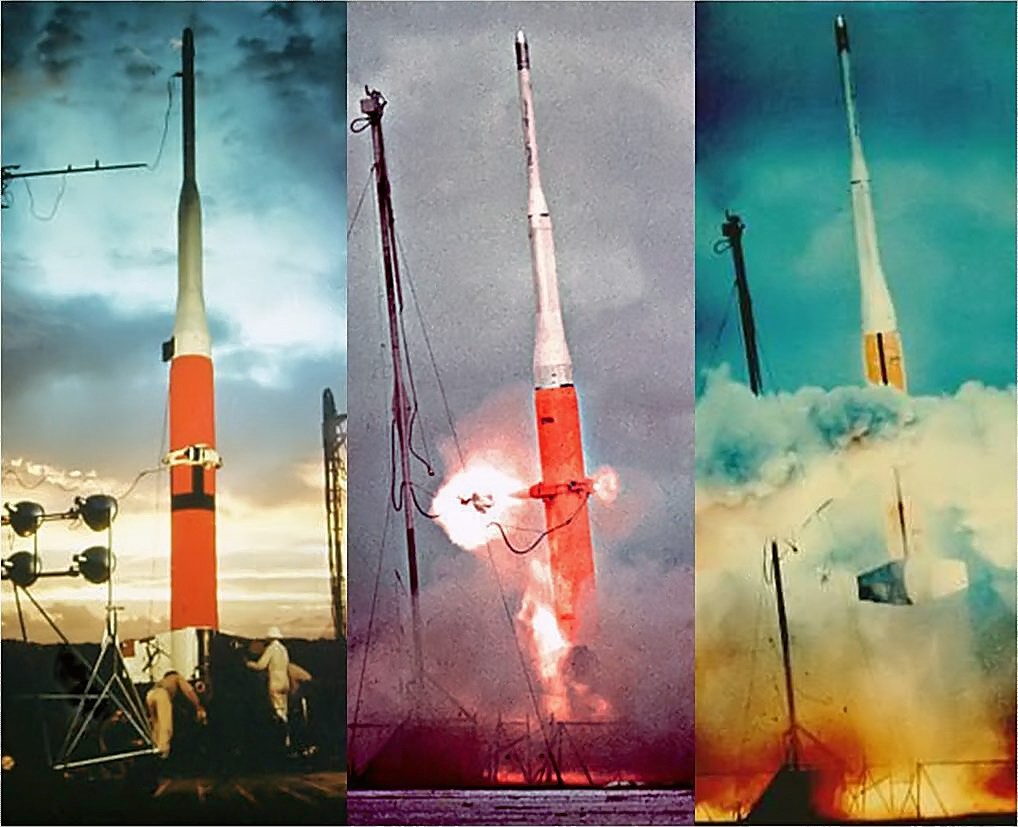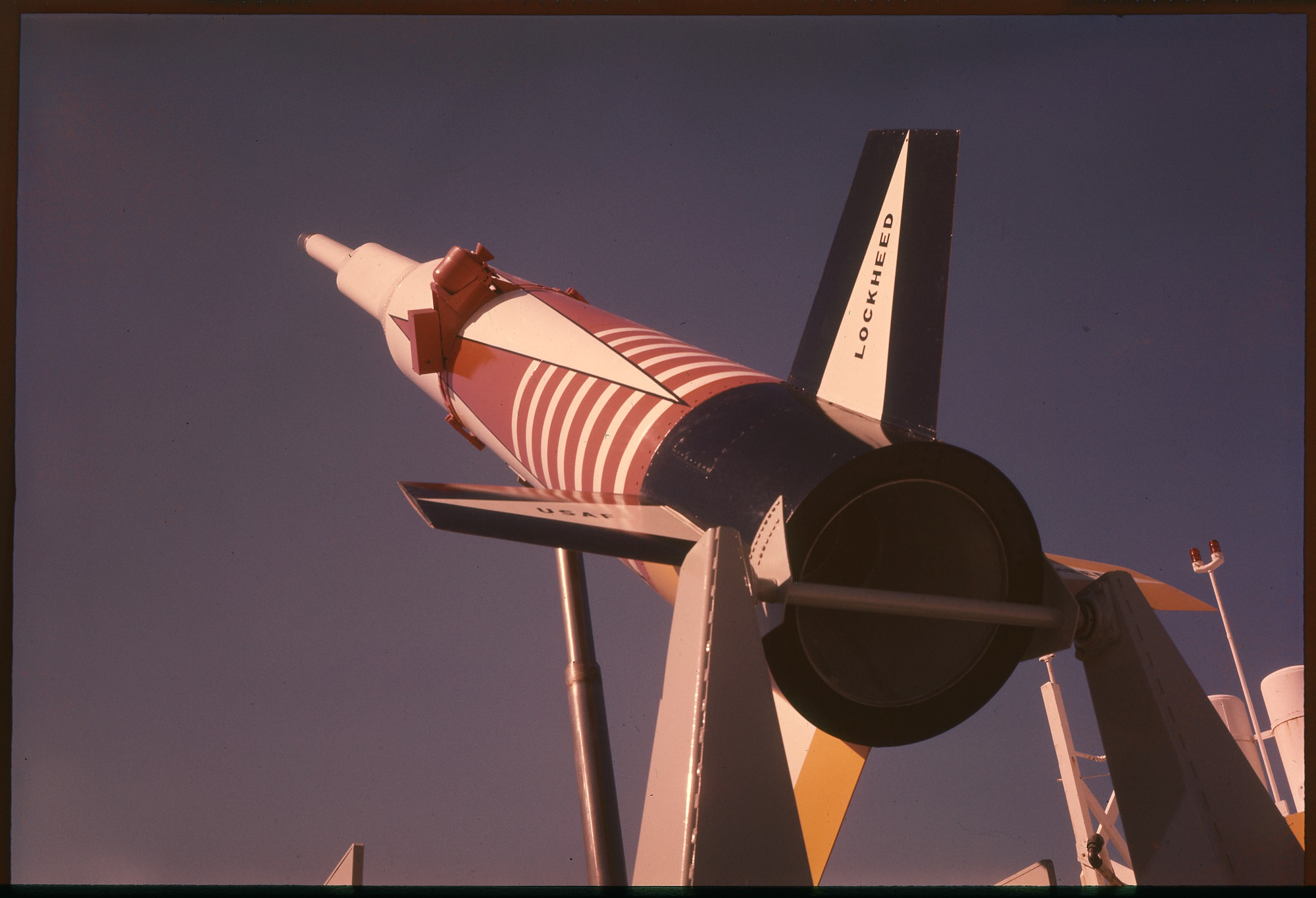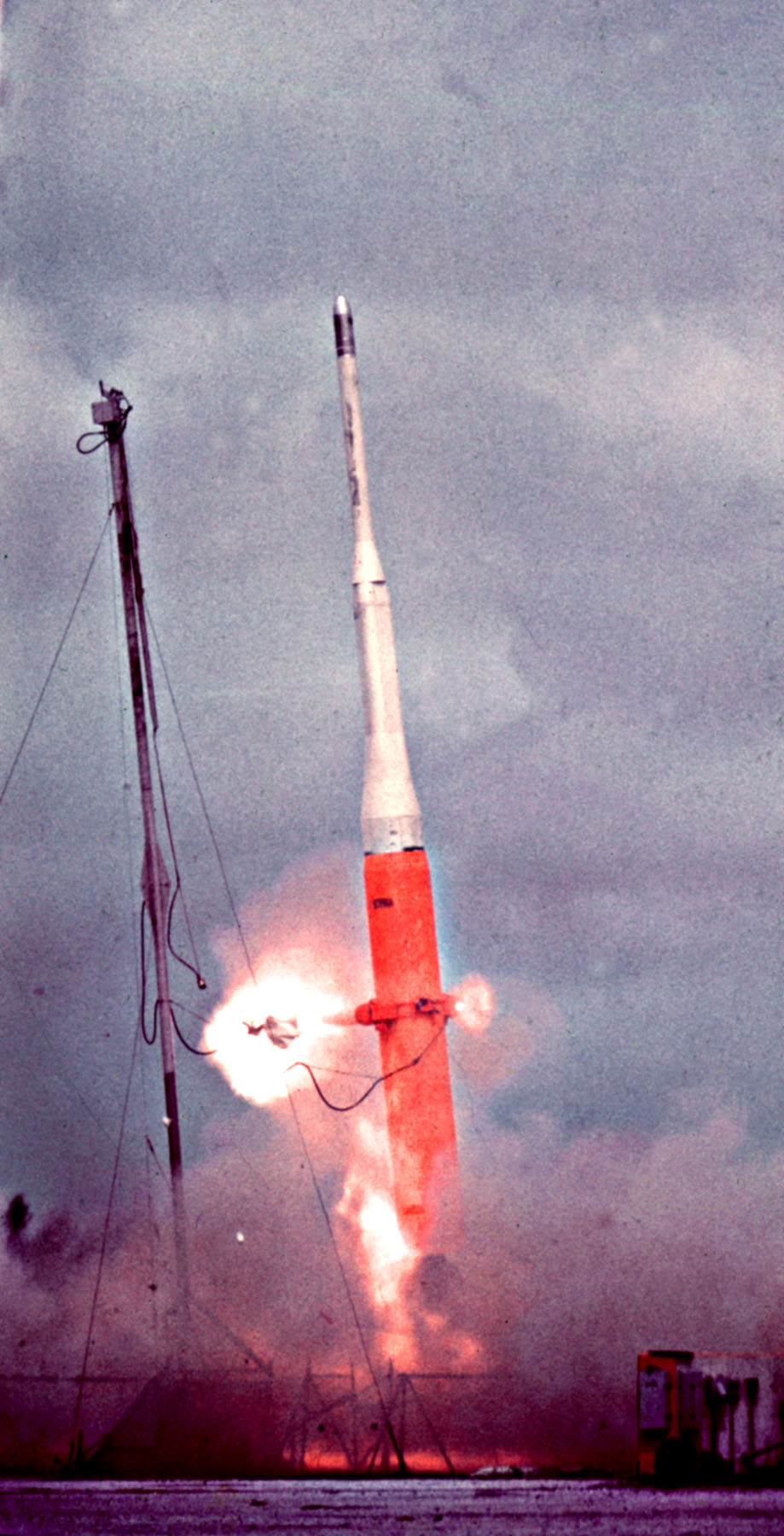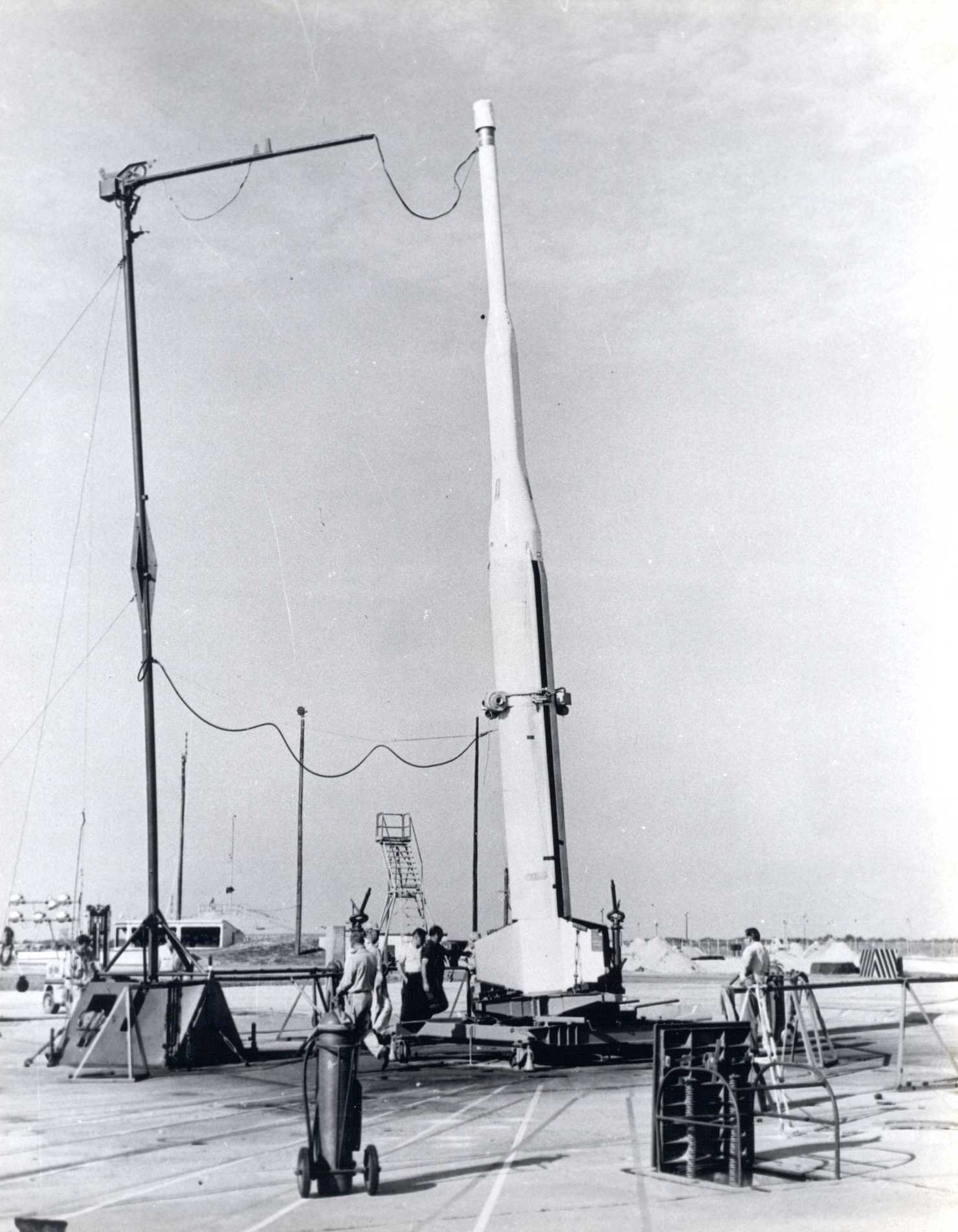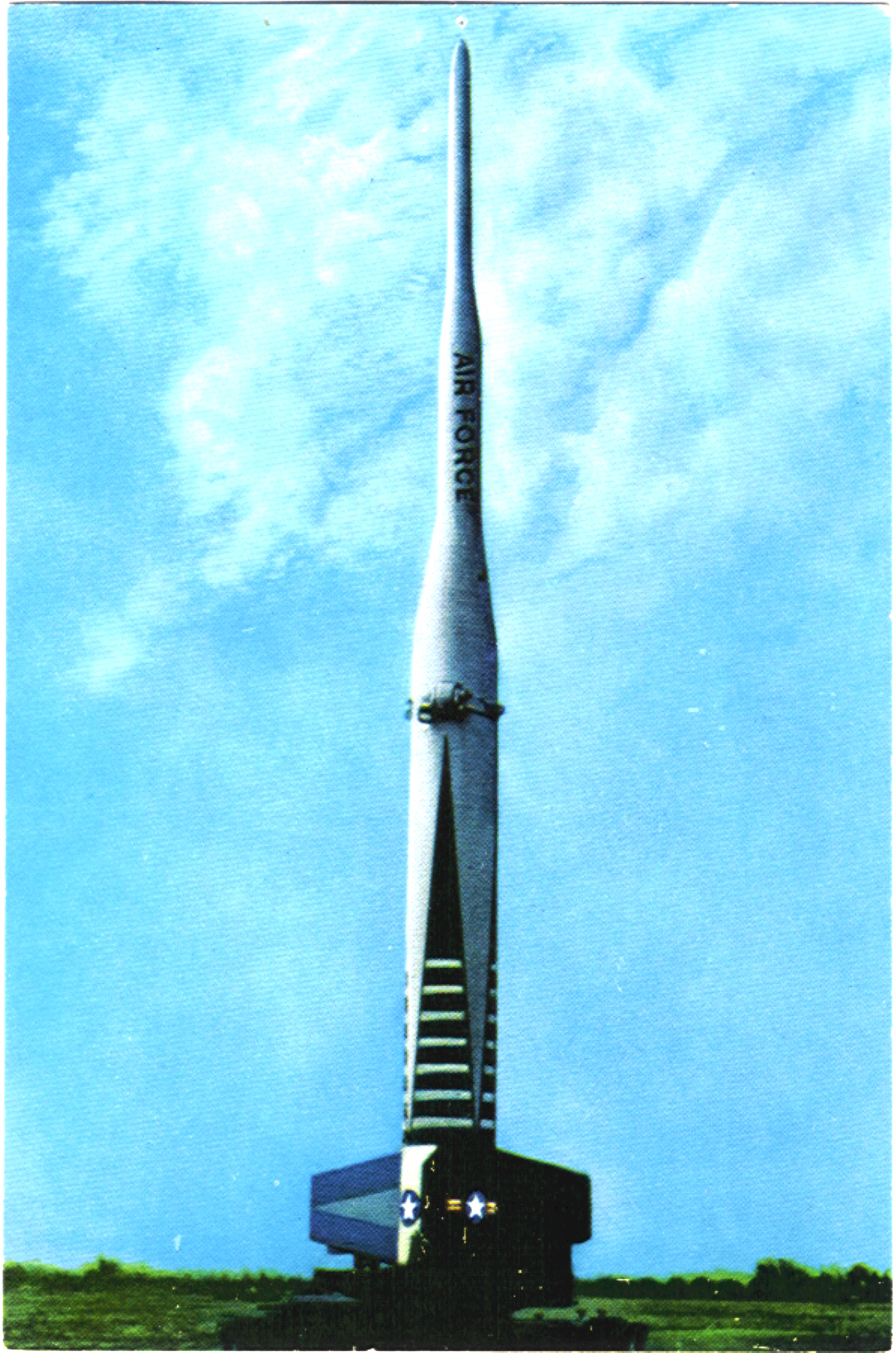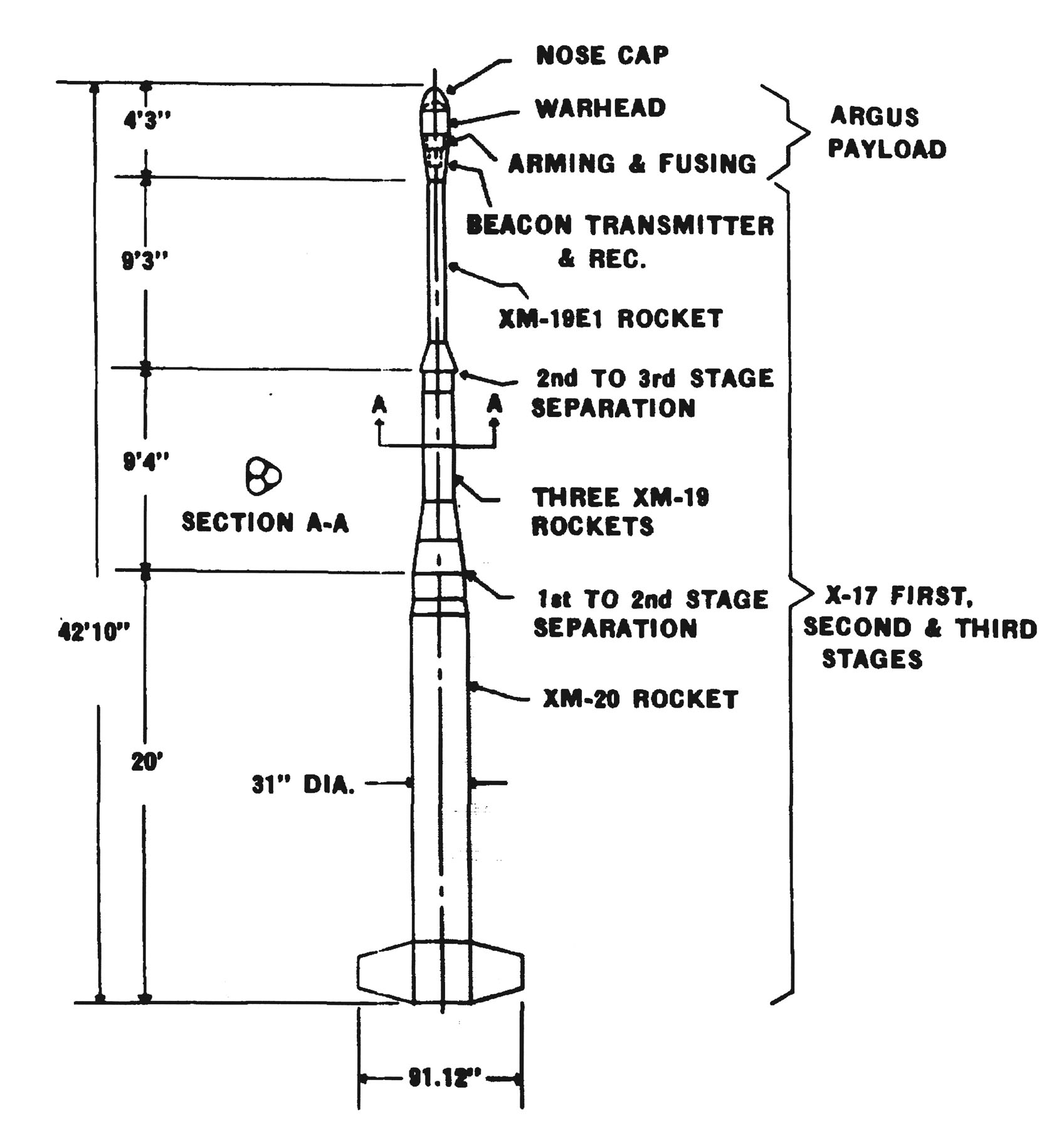Winston
Lorenzo von Matterhorn
- Joined
- Jan 31, 2009
- Messages
- 9,560
- Reaction score
- 1,748
Lockheed X-17 Research Rocket
https://en.wikipedia.org/wiki/Lockheed_X-17
The Lockheed X-17 was a three-stage solid-fuel research rocket to test the effects of high mach atmospheric reentry. The first stage of the X-17 carried the rocket to a height of 17 miles (27 km) before burning out. The rocket would then coast on momentum to about 100 miles (160 km) before nosing down for reentry. The second stage engine would then fire before jettisoning and igniting the third and final stage. On April 24, 1957, an X-17 reached a speed of 9,000 miles per hour (14,000 km/h) at Patrick AFB.[1] Ultimately the X-17 would be travelling towards Earth at up to Mach 14.5.
The X-17 was also used as the booster for the Operation Argus series of three high-altitude nuclear tests conducted in the South Atlantic in 1958.[2]
This would make a great looking and well stabilized scale or semi-scale (due to limited body tube diameter choices) rocket. Anyone know of any source for a scale drawing or accurate profile?
Color film in great condition:
[video=youtube;9bvnL5-L5Vs]https://www.youtube.com/watch?v=9bvnL5-L5Vs[/video]

https://en.wikipedia.org/wiki/Lockheed_X-17
The Lockheed X-17 was a three-stage solid-fuel research rocket to test the effects of high mach atmospheric reentry. The first stage of the X-17 carried the rocket to a height of 17 miles (27 km) before burning out. The rocket would then coast on momentum to about 100 miles (160 km) before nosing down for reentry. The second stage engine would then fire before jettisoning and igniting the third and final stage. On April 24, 1957, an X-17 reached a speed of 9,000 miles per hour (14,000 km/h) at Patrick AFB.[1] Ultimately the X-17 would be travelling towards Earth at up to Mach 14.5.
The X-17 was also used as the booster for the Operation Argus series of three high-altitude nuclear tests conducted in the South Atlantic in 1958.[2]
This would make a great looking and well stabilized scale or semi-scale (due to limited body tube diameter choices) rocket. Anyone know of any source for a scale drawing or accurate profile?
Color film in great condition:
[video=youtube;9bvnL5-L5Vs]https://www.youtube.com/watch?v=9bvnL5-L5Vs[/video]




